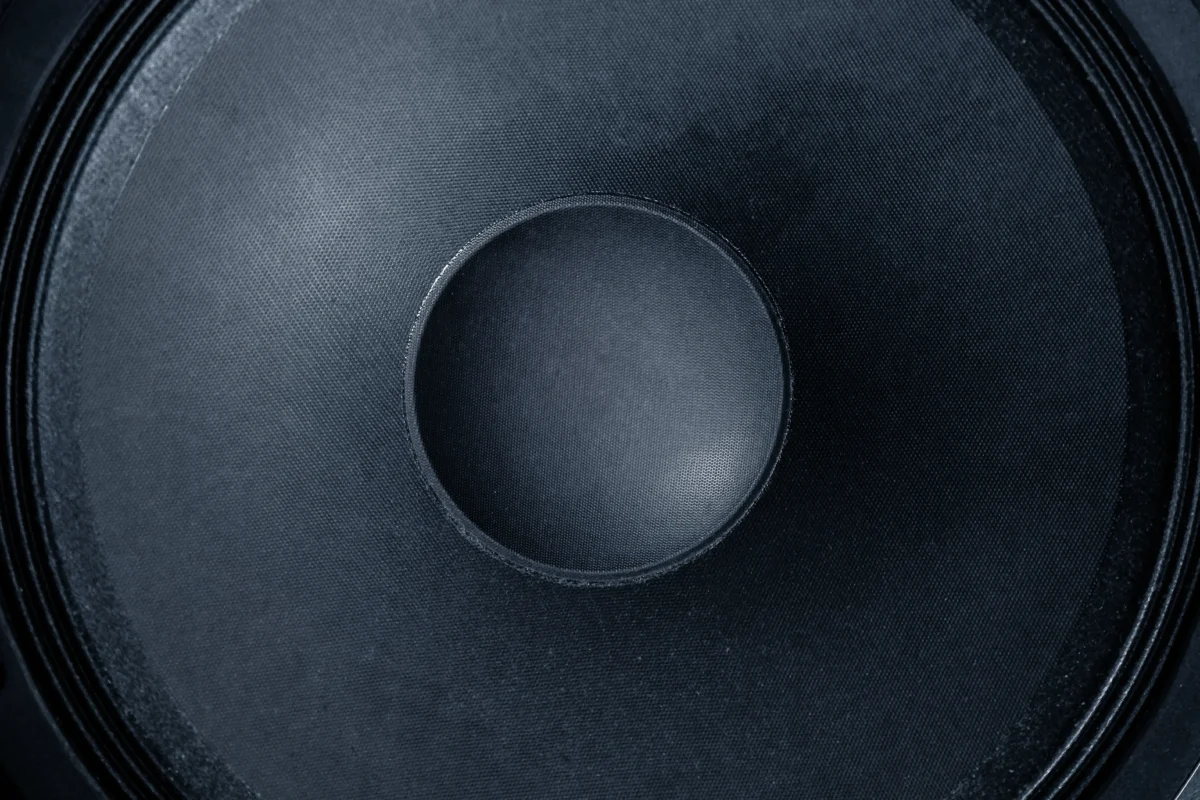When the temperature drops, finding an air compressor that performs reliably can be a challenge. Cold weather can wreak havoc on standard air compressors, causing them to struggle or even fail when you need them most. Whether you’re working on a construction site, inflating tires, or powering tools in your garage, you need an air compressor that can handle the chill.
In this guide, we’ll walk you through the best air compressors designed specifically for cold weather. You’ll learn what features to look for and why certain models stand out in freezing conditions. So, grab a warm drink, get cozy, and let’s find the perfect air compressor to keep your projects running smoothly, no matter how low the temperature drops.
Understanding Air Compressors for Cold Weather
Evaluating air compressors for cold weather requires specific considerations. These machines must maintain performance despite temperature drops.

Why Special Compressors Are Needed in Cold Climates
Standard compressors may fail in freezing temperatures. Cold weather can thicken oil and affect internal parts. Special compressors have features to combat these issues.
- Low-Temperature Oil: Ensures smooth operation in cold.
- Thermal Overload Protection: Prevents overheating when parts struggle.
- Sturdy Construction: Handles cold-induced contraction and expansion.
- Easy Start Technology: Reduces strain on motors in low temperatures.
Selecting a compressor with these features ensures reliable performance, making cold-weather tasks efficient.
Top Air Compressors for Cold Weather
Choosing the right air compressor for cold weather ensures efficiency in home building, designing, and maintenance tasks.
Stationary Air Compressors
Stationary air compressors offer high power and durability. They are ideal for workshops and construction sites. Look for features like oil-lubricated pumps, which perform well in low temperatures.
Top Picks:
- DEWALT DXCM271: Highly durable with a cast-iron pump. Low-maintenance for cold climates.
- Industrial Air IL1682066.MN: Reliable with high CFM output. Thermal overload protection included.
Portable Air Compressors
Portable air compressors provide flexibility and convenience. They are perfect for on-the-go tasks and remote site work. Ensure models have low-temperature start features to avoid freezing issues.
- Makita MAC2400: Compact, powerful, with a roll-cage design for protection. Performs well even in cold weather.
- California Air Tools 5510SE: Ultra-quiet and lightweight. Oil-free pump designed for cold conditions.
Maintenance Tips for Cold Weather Use
Maintaining an air compressor in cold weather ensures optimal performance and longevity.
Regular Maintenance Checks
Check the oil level and its viscosity before each use. Use low-temperature oil. Inspect the air filter for cleanliness. Look for signs of wear in the hoses and connectors. Drain the tank to remove moisture after every use.
Specific Cold Weather Precautions
Store the compressor in a heated area when possible. Allow the compressor to warm up before operating. Ensure all connections remain secure at lower temperatures. Use an extension cord rated for cold weather if needed.
Factors to Consider When Buying
It’s crucial to assess key aspects when selecting an air compressor for cold weather.
Power and Performance Needs
Determine the intended tasks. For home-building, choose a compressor with at least 5 CFM and a 60-gallon tank. Ensure it operates efficiently in sub-zero temperatures. Opt for models with oil-free pumps and thermal overload protection for reliable performance.
Budget Considerations
Set a clear budget. Quality compressors range from $300 to $1000. Investing in mid-to-high range models offers better durability and efficiency. Prioritize features essential for cold weather, like low-temperature start systems and robust construction.
Conclusion
« Reddit’s Top Picks: Discover the Best Backpacks Under $100 Based on Real User Reviews
10 Best Digital Meat Thermometers of 2023: Cook Perfect Steaks Every Time »
Finding the best air compressor for cold weather can be a bit of a challenge, but focusing on essential features like low-temperature oil and thermal overload protection can make all the difference. Remember to keep up with regular maintenance, such as checking oil levels and air filters, to ensure your compressor runs smoothly. Storing it in a heated area and allowing it to warm up before use can also help. By considering your power needs, budget, and crucial features like oil-free pumps, you’ll be well-equipped to handle those chilly conditions. Happy compressing!









